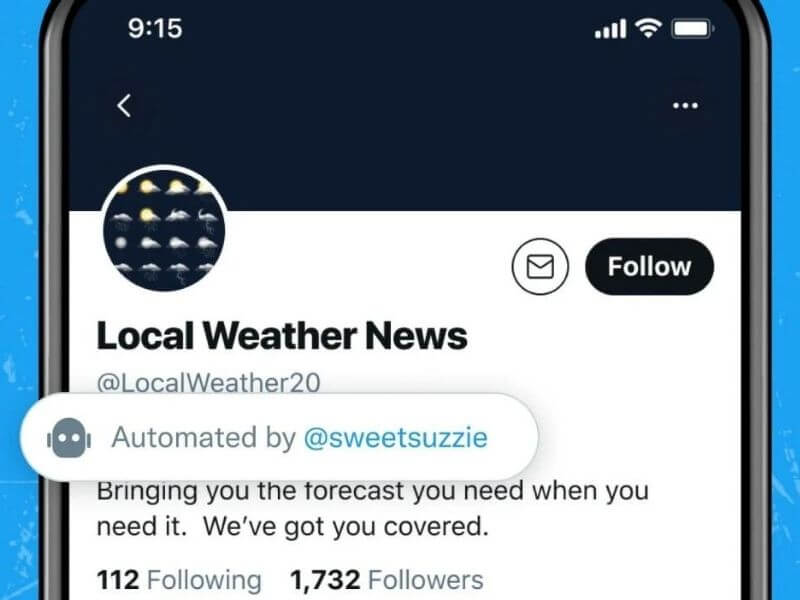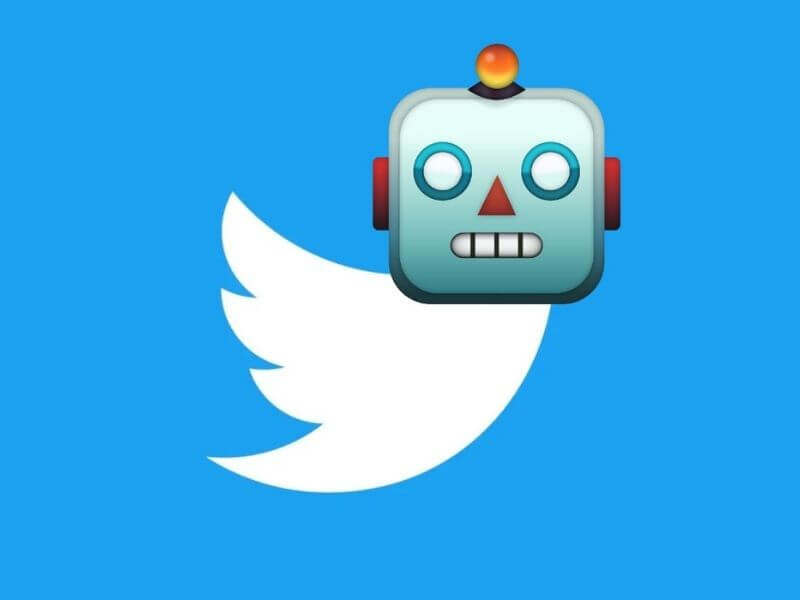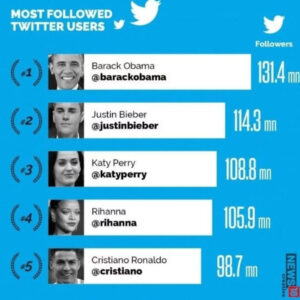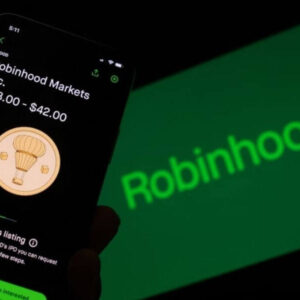What is a Twitter Bot? How prevalent are Twitter bots? Scammers are finding great success with a tool designed to infiltrate social media accounts and potentially your personal information: Twitter bots.
What is a Twitter bot? If you’ve seen Twitter accounts spreading fake news or tweets making claims that seem too good to be true, you may have spotted Twitter bots.
These social media bots do nefarious things like trolling and propagating misinformation for purposes that include spinning elections, inciting panic, and spreading malware.
These automated, fake Twitter accounts may be so prevalent that they’ve given billionaire Elon Musk second thoughts about buying the social media giant.
It’s a good idea to learn what Twitter bots can do, how prevalent they are, and how to detect these automated accounts to help protect your devices and personal information.

What is a Twitter Bot?
Twitter bots, also known as zombies, are automated Twitter accounts that are controlled by bot software. While they are programmed to perform tasks that resemble those of everyday Twitter users — such as liking tweets and following other users — their purpose is to tweet and retweet content for specific goals on a large scale.
The purpose of the bot and its activity can be helpful or harmful.
Twitter bots can be used for helpful purposes, such as broadcasting important content like weather emergencies in real time, sharing informative content en masse, and generating automatic replies via direct messaging.
Twitter bots also can be designed for the malicious purposes of platform intimidation and manipulation — like spreading fake news campaigns, spamming, violating others’ privacy, and sock-puppet marketing.
Can one account cause damage? It usually takes a larger effort. Twitter bots are often part of what’s known as a botnet. A botnet is a broad network of automated accounts that work together to appear legitimate, liking and following each other as if they were real. Worth noting: Bots also operate on other social media platforms.
How prevalent are Twitter bots?
How many bots are in the Twittersphere? That’s hard to say. A 2020 Carnegie Mellon University study showed a surge in bot activity while the United States was under stay-at-home orders during the pandemic.
The Carnegie Mellon study found almost half of the Twitter accounts calling for America to reopen may have been bots. The same study looked at more than 200 million tweets since January 2020 that referenced the novel coronavirus. It found that of the top 50 retweeters, 41 — 82 percent — were bots.
This question of bot prevalence has been pushed to the forefront as being one of the reasons that billionaire entrepreneur Elon Musk backed out of his $44 billion deal to buy Twitter in 2022. How many bot and spam accounts have infiltrated Twitter? That is the murky question. Musk accused Twitter of hiding its methods of calculation.
More specifically, Musk accused Twitter of withholding information and not proving its claim that the bot and spam accounts in question comprise less than 5 percent of Twitter accounts.
A 2022 study conducted by CHEQ, an Israeli cybersecurity company, may confirm Musk’s suspicions. After analyzing 5.21 million website visits that came from Twitter, the study showed 11.71 percent were bots. Keep in mind these numbers also don’t account for Twitter users that didn’t visit other websites.
The lesson? When it comes to Twitter, be careful about believing what appears to be the broad consensus or engaging in the conversation. It could be a misinformation campaign.
Moreover, while spotting individual bots can be tricky, calculating the overall number of bots on a platform can be even more challenging.

What is Twitter doing to combat malicious bots?
Twitter prohibits malicious uses of its platform, including these activities:
- Automation meant to undermine public conversation.
- The creation of multiple accounts to artificially amplify messages.
- Involvement in fake engagements by generation, solicitation, or purchase.
- Aggressive use of Twitter in the form of tweets, follows, and other engagements.
- Hashtag cramming or using hashtags for spamming purposes.
What does Twitter do about automated accounts engaging in these prohibited activities? The social media platform suspends millions of bot accounts every month.
Can “good” bots identify themselves on Twitter?
To help Twitter users discern “good” from “bad” bots, the platform has created a label that enables useful bots to identify themselves.
What happens is, an account created for a beneficial purpose — like sharing information on weather emergencies — will share that it’s a bot in its Twitter profile. You will see a robot icon beside the words “Automated by” and the name of the bot’s account operator, along with information on the bot’s purpose in its Twitter bio.
What can you do to combat Twitter bots?
To start, you can look for the automated status labels mentioned above to help distinguish “good” bots from malicious ones. Spotting this label can be a helpful first step. However, this still leaves a lot of room for judgment. Some bots that do not have malicious purposes may not have labels, and then you still have those nefarious bots to worry about.
You also can find browser plugins that look at indicators to help identify whether a Twitter account is a bot. These third-party tools can help flag suspicious bot accounts, so you won’t be fooled.
Whether you use a third-party tool or learn to recognize bots yourself, it’s smart to understand how automated platforms can enable the mass spread of false information.
Awareness and caution can help. It’s a good idea to watch for red flags and be skeptical about information contained in tweets. Go to reputable sources for fact-checking. And avoid clicking on links in tweets that could be embedded with malware.
How can you spot a Twitter bot?
There are ways you can spot a Twitter bot that include looking at certain factors like IP and time-based correlations, content that appears similar and automated, account activity, and account descriptions and creation dates. Two red flags to look for include bots that follow many accounts but do not have many followers, and bots that retweet and tweet content faster than any human could. You also can look for the automated label that Twitter has created to share the identities and purposes of “good” bots.
The bottom line? Awareness and caution are are good havitts when doing anything online. Always employ skepticism before taking any action. This includes checking facts with reputable sources and never clicking on links in tweets that could be embedded with malware.

Above is information about What is a Twitter Bot? How prevalent are Twitter bots? that we have compiled. Hopefully, through the above content, you have a more detailed understanding of Twitter Bot. Thank you for reading our post.









